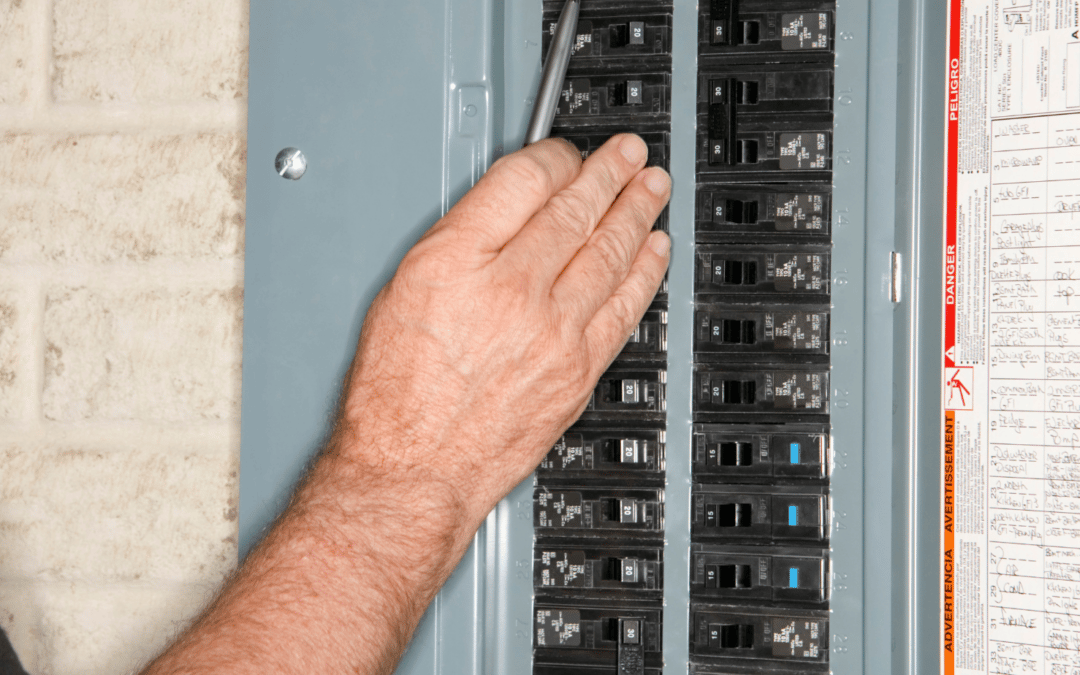Dedicated technical support for electrical industry innovations.
Dedicated technical support for electrical industry innovations.
Blog Article
Top Tips for Effective Electric System Troubleshooting
Repairing electric systems needs a methodical approach, grounded in a detailed understanding of electric principles and security methods. The subtleties of reliable repairing expand beyond mere technical knowledge; understanding exactly how to record findings and prioritize safety can considerably influence outcomes.
Understand the Basics
Recognizing the essentials of electric systems is necessary for efficient troubleshooting, as a strong foundation allows technicians to identify and deal with concerns much more successfully. A thorough grasp of electric concepts, such as voltage, current, resistance, and power, is important in identifying the origin causes of issues. Voltage is the electrical possible difference that drives present through a circuit, while resistance opposes the circulation of present, influencing the overall capability of the system.
Experience with circuit components, consisting of resistors, capacitors, diodes, and switches, is likewise paramount. Each part plays a distinct duty in circuit behavior and can affect efficiency when malfunctioning. Furthermore, recognizing series and identical circuit configurations is crucial, as these arrangements affect the circulation of voltage and present within the system.
Service technicians have to be aware of potential risks, such as shock and brief circuits, to carry out secure troubleshooting techniques. By mastering these foundational concepts, specialists improve their capability to conduct efficient diagnostics and repair services, inevitably leading to boosted efficiency and integrity of electric systems (electrical system troubleshooting).
Gather Necessary Devices
Reliable troubleshooting of electrical systems requires the right set of devices to detect and resolve issues accurately. A fully equipped service technician can substantially improve effectiveness and efficiency in determining troubles. Crucial tools include a multimeter, which determines voltage, current, and resistance, permitting for accurate evaluations of electrical elements. Secure meters are also beneficial for gauging existing without detaching the circuit, ensuring safety and security and ease.
Furthermore, insulated hand tools such as screwdrivers, pliers, and cable strippers are crucial for securely manipulating electrical links. It is also suggested to have a circuit tester available to validate the visibility of voltage in outlets and cables. For even more complex systems, a thermal imaging cam can help find overheating parts, suggesting possible failings.

Adhere To a Methodical Strategy
Having actually gathered the proper tools, the next action in fixing electric systems is to comply with a systematic technique. A systematic approach guarantees that professionals can recognize mistakes successfully and accurately, lessening downtime and preventing unnecessary repair work.
Begin by evaluating the system's schematic layouts and requirements. Understanding the layout and functional criteria will certainly provide context for detecting problems. Next, separate the issue area by using a process of elimination. This includes checking each element systematically, beginning with the power source and working in the direction of the lots.
Make use of screening devices, such as multimeters and oscilloscopes, to collect objective data concerning voltage, present, and resistance at various factors within the system. This empirical evidence will certainly guide your troubleshooting initiatives and help to validate or remove possible reasons for failure.
Additionally, consider environmental variables that may affect the system's performance, such as temperature level fluctuations or wetness access. A detailed evaluation of circuitry, links, and parts will certainly guarantee that all opportunities are represented.
Paper Your Findings
Comprehensive paperwork is essential in the repairing process of electrical systems. This practice not only aids in recognizing the origin cause of the issue but also serves as a recommendation for future repairing initiatives.

Additionally, maintaining a log of parts replaced or repairs done is important. This information supports inventory administration and can assist assess the durability and integrity of certain parts.
Inevitably, the paperwork procedure need to be comprehensive yet succinct, allowing very easy access and evaluation - electrical system troubleshooting. By prioritizing detailed documents, service technicians can create a valuable knowledge base that not just aids in current troubleshooting yet likewise equips future upkeep efforts, thereby enhancing general system integrity

Prioritize Precaution
Recognizing the integral threats related to electrical systems click now is critical for making certain security throughout troubleshooting. Electric shock, burns, and devices damages are just a few of the prospective risks that technicians deal with. Prioritizing security steps is not just a lawful obligation yet additionally an ethical essential that safeguards both the professional and the surrounding environment.
Before commencing any type click for more of troubleshooting job, professionals must wear ideal individual safety tools (PPE), including insulated gloves, safety glasses, and flame-resistant clothes. Guaranteeing that the work area is completely dry and devoid of clutter can dramatically minimize the threat of mishaps. It is important to de-energize circuits prior to beginning any type of work, validating that they are not live via the usage of a multimeter or voltage tester.
Establishing clear communication procedures with employee is also crucial; this ensures that everyone understands prospective threats and the condition of the electrical system being dealt with. Having an emergency response strategy in place can confirm invaluable in the occasion of an occurrence. By prioritizing precaution, service technicians can successfully reduce risks and cultivate a safer office.
Final Thought
Effective electric system fixing counts on an extensive understanding of fundamental concepts and a methodical method. By collecting necessary tools, sticking to methodical evaluation methods, and meticulously recording findings, the repairing procedure becomes extra effective and reputable. Prioritizing safety and security actions makes sure the well-being of individuals entailed and the honesty of the electrical system. Implementing these methods will enhance the fixing experience, causing quicker resolutions and enhanced functional efficiency in electrical systems.
Report this page